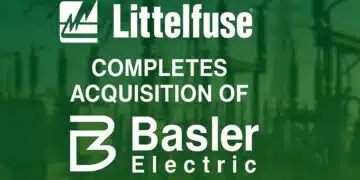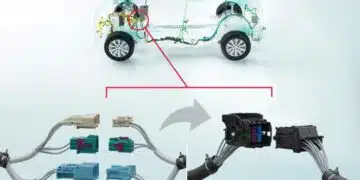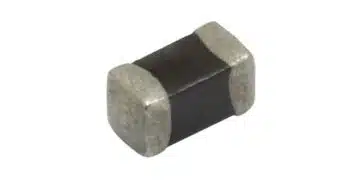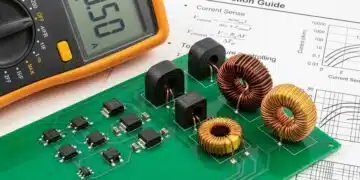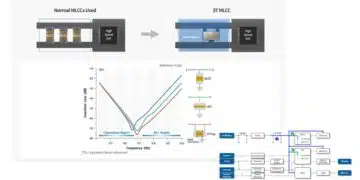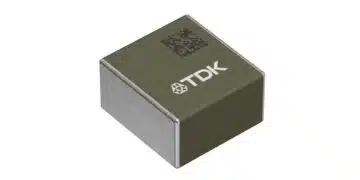Source: EIN Presswire news
For more than 25 years, manufacturers of technology featuring high-gain amplifiers—including high-quality microphones, piezoelectric sensors and X-ray security scanners—have trusted Ohmcraft’s expertise in developing ultra-low current noise surface mount resistors. These resistors provide better resolution and accuracy of the amplified outputs, enabling higher performance of the end products.
In audio recording applications, high-gain amplifiers boost the volume of the input that can be detected by a microphone before causing feedback, resulting in higher sound quality.
For manufacturers of piezoelectric sensors—which measure changes in pressure, acceleration, temperature, strain or force by converting them to an electrical charge—Ohmcraft’s low noise and ultra-high resistance resistors are key to the operation of their products, since piezoelectric sensors are very small and their circuits are extremely sensitive to noise.
X-ray security scanners also require these low-noise resistors. During an image scan, weak signals are detected and amplified. To ensure the best possible output images—which are critical to the detection of prohibited items—it is essential to reduce noise that can interfere with the quality of outputs.
“Typically, this type of resistor is screen printed, so they’re not as smooth or precise. At Ohmcraft, our unique micropenning technology enables us to manufacture ultra-low noise precision resistors in very high ohmic values—and small form factors,” said Eric Van Wormer, Vice President of the Ohmcraft division of Micropen Technologies.
Ohmcraft’s proprietary Micropen electric printing system can print precise, narrow, serpentine lines with resistive ink on a ceramic substrate, producing higher performance resistors over a wider range of values on a smaller surface area than is possible with conventional film resistor technology. For example, Ohmcraft offers a 50-Giga-ohm 0202 (0.020” x 0.020”) surface-mount chip resistor that is utilized in shock and vibration sensors.



